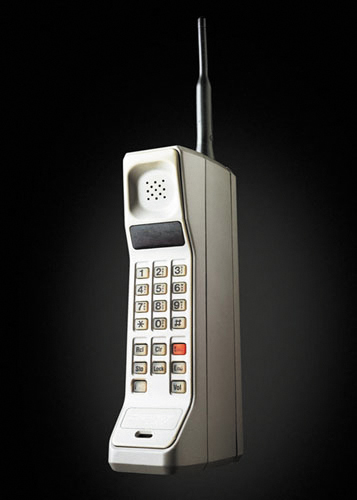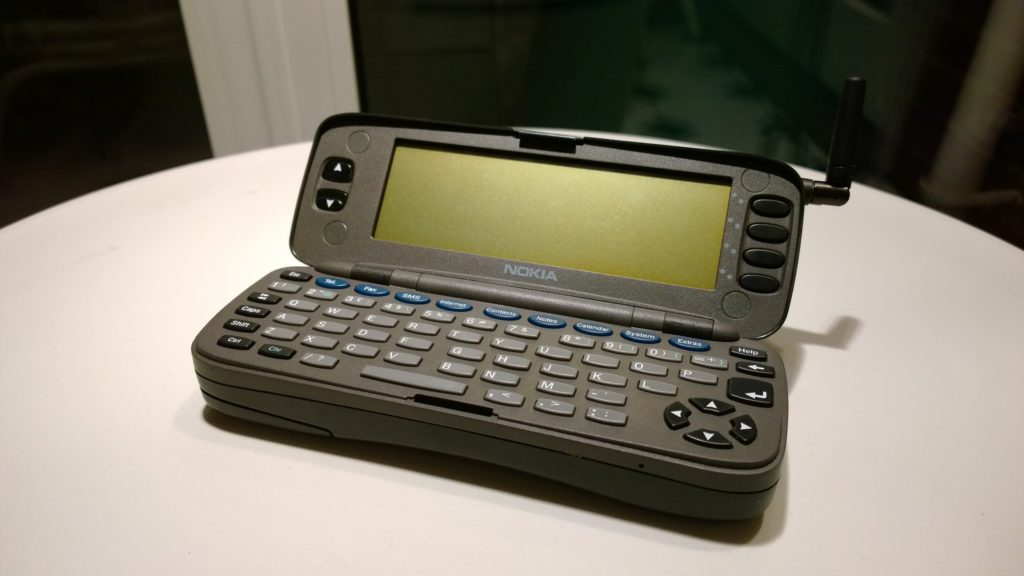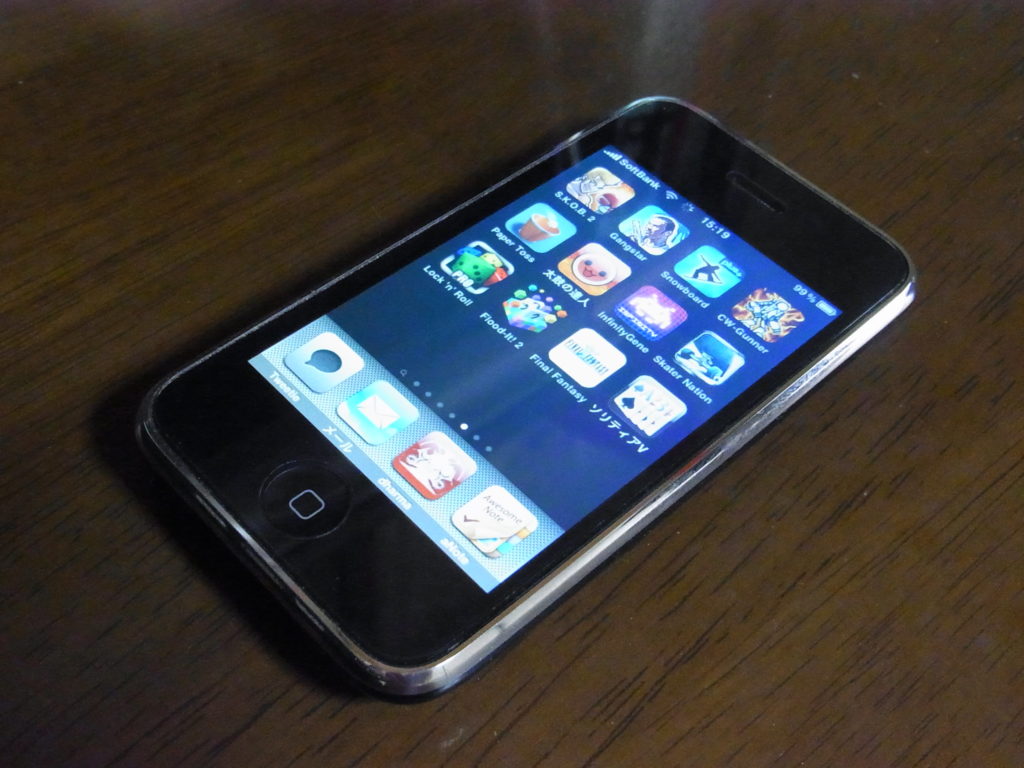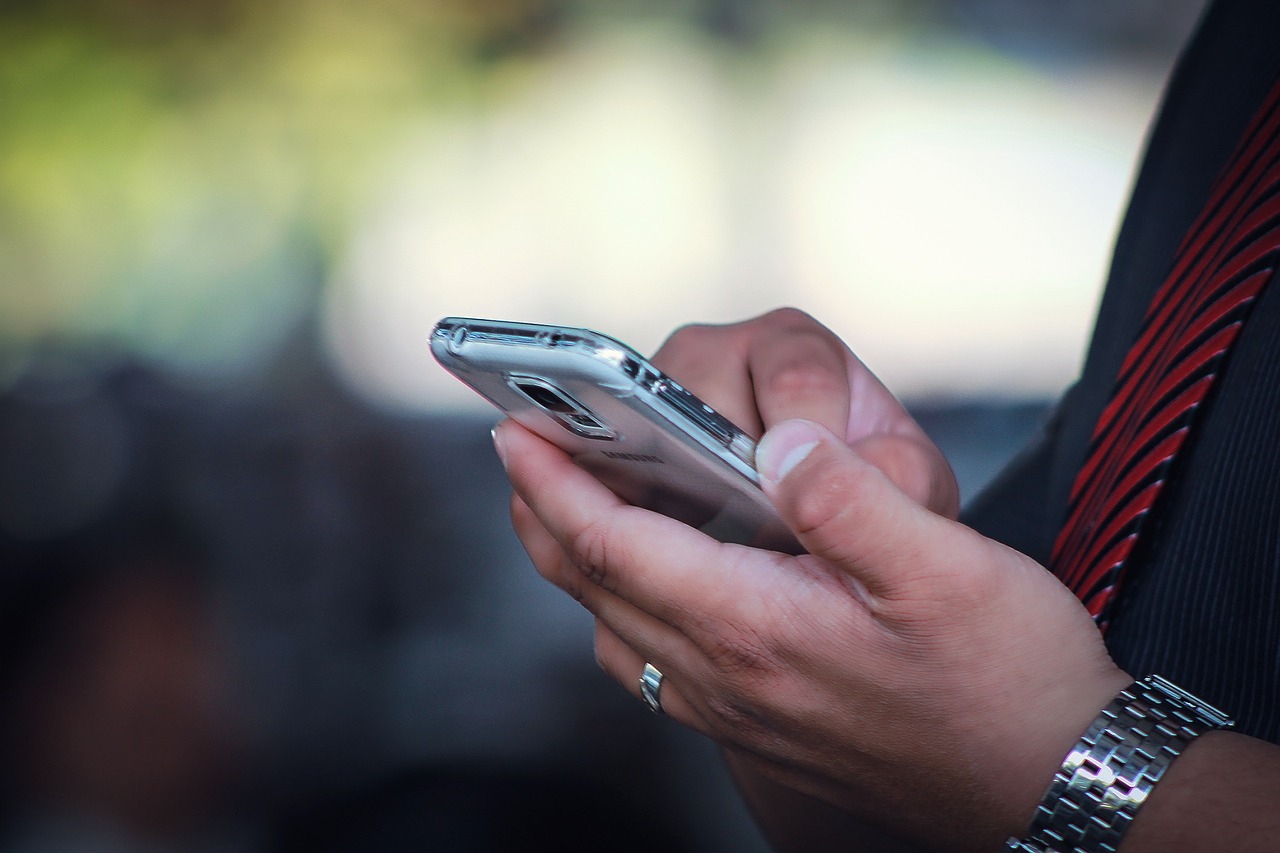At the start of the millennium, having a cellphone was something new and exciting. Then along came the next generation, enabling users to take pictures and even go online. Every reincarnation gradually changes the way we live our lives. This article explores the evolution of the smartphone and looks at the new technologies to come.
1973: The first cellphone call
On April 3, 1973, Martin Cooper, an engineer with Motorola, used an early prototype device to call a rival telecommunications company and inform them that he was speaking to them through a mobile phone. The phone he used weighed a hefty 1.1 kilograms and measured 44mm x 127mm x 228mm. The device took about 10 hours to charge and allowed callers to talk for only 30 minutes at a time.
1983: Motorola release the DynaTAC 8000X

Providing six hours standby, 30 minutes of talk-time, and storage for up to 30 numbers, the world’s first commercially available cellphone retailed at nearly $4,000.
Early cellphones were not truly accessible for consumers. Firstly, they cost thousands. Secondly, performance was poor. In these early days, mobile phones were specialty products designed for CEOs rather than the average Joe.
1994: IBM released the Simon Personal Communicator
This handheld computing device came with a touchscreen. It was the first personal digital assistant to incorporate telephone features. It could also send and receive faxes and emails and offered basic applications. Retrospectively, many agree that IBM’s Simon was the world’s first-ever smartphone.
Developed by IBM and manufactured by Mitsubishi, approximately 50,000 handsets sold in total. The Simon Personal Computer was considerably smaller than many early cellphones, measuring 38mm x 64mm x 200mm and weighing 510 grams. It was initially offered across 15 US states with a two-year service contract for $899 and later became available for $1,099 without a contract.
1996: Nokia released the 9000 Communicator
A ground-breaking gadget, the Nokia 9000 was Nokia’s first smartphone. It integrated all of the features of a computer into a modern cellphone, enabling users to fax, email, view spreadsheets, and browse the web from a handheld device, years before the BlackBerry came along.

The device epitomized a company at the peak of its design prowess. With its 33MHz processor and 8MB of memory, the Nokia 9000 Communicator was regarded as a mobile powerhouse. It ran Nokia’s own GEOS operating system and featured a number of business applications capable of reading and editing Microsoft Office files. Opening its clamshell case revealed a chicklet QWERTY keyboard with programmable buttons.
The handset retailed at $800 in the United States—this was a price point that, combined with the Nokia 9000’s complexity and bulk, may have scared off many potential customers.
1997: The Ericsson GS88 was introduced
The Ericsson GS88 was the first handheld device to officially be described as a smartphone. The GS88 featured a keyboard, touchscreen, and stylus. It combined the functionality of a PDA with the ease of use of a cellphone.
1999: The BlackBerry 850 was released
Generally regarded as the world’s first wireless handheld computer, the BlackBerry gained its massive early share of the PDA market by offering a function many of its rivals could not touch: email access on the go.
With its QWERTY keyboard and instant messenger service, the BlackBerry appealed to a huge audience, not only people in suits.
2007: Apple released the first iPhone
Retailing at $499, Apple’s first touchscreen mobile phone quickly became a global phenomenon. Despite the company’s comprehensive range of computers, tablets, and electronic devices, the iPhone remains Apple’s biggest moneymaker.

Steve Jobs came up with the idea for the iPhone in 2005, and the company created the product over the next two years. It was developed in strictest secrecy and announced in the first quarter of 2007.
Although several aspects of first-generation iPhones are considered obsolete by today’s standards, they are widely regarded as the archetype of the modern smartphone. The iPhone eliminated clunky hardware buttons and styluses, instead presenting an innovative, sleek, touch-based interface.
Approximately 6.1 million first-generation iPhones were sold between June 2007 and July 2008, when the iPhone 3G was released. One Wall Street Journal columnist hailed the first-generation iPhone as “a beautiful and breakthrough handheld computer” while Time magazinecredited it as the Invention of the Year for 2007.
What is the future of the smartphone?
Today, smartphone technology has incredible capabilities and grows increasingly sophisticated year after year.
For example, scientists at MIT are currently working on a device called AlterEgo, that would enable users to converse with machines purely by thought.
Battery life is a more pedestrian, but still important issue that many new smartphones are attempting to address. One company called Energous is developing technology to enable us to charge devices over the air. The user simply places their device in the proximity of a field transmitter and the device starts charging straight away.
Smartphones enable us to communicate with virtually every device in our homes and offices. Analysts predict this connectivity will only expand as smartphone manufacturers continue to overcome technological frontiers, increasingly incorporating artificial intelligence and automation into the handheld devices of the future.

